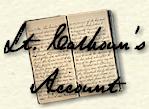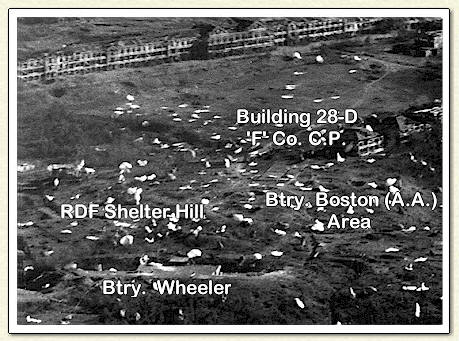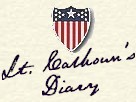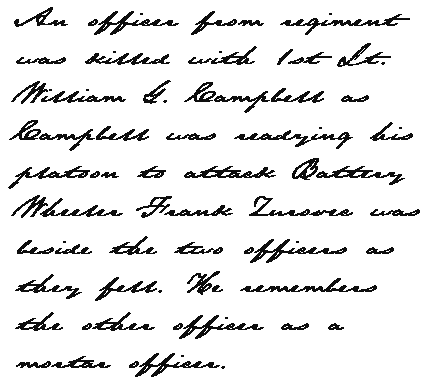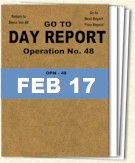|
We were developing a great
respect for the marksmanship
of
these Jap Marines. They not
only hit their target, but
many of their shots were of
the "in between the eyes"
category. This artilleryman
was hit in the head and died
instantly, like Thomas.
In the meantime
1st Lt. Clinton D. "Sleepy"
Miller's
60 mm mortars
were still busy working over
the AA area,
firing on the old three
inch,
M-3, AA gun positions. As a
round would hit in or near a
crater the Japs taking cover
there would jump out and
run.
Each time this happened,
our riflemen, BAR's, and the
"D" Battery's .50 calibre MG
which had been assigned to
first platoon, would cut
them down. It was beyond
decimation.
At about 1030 hours, Sleepy
was exposing himself
adjusting fires, and the
Nambu
in the ravine got him with
one slug in the right ankle
and four or five slugs in
the
left thigh. taking out
pieces of the femur bone. I
could see several pieces of
white
bone in the gaping wound. I
talked to him to him and
gave him a cigarette. He was
in great pain and already in
shock as indicated by the
blueness of his lips and
fingernails.
This really shook me up.
Sleepy was my friend, my
buddy.
We moved out and
occupied the area with
little opposition.
Our right flank rested near
the road and
railroad near where they
entered Battery Wheeler.
From this position we could
see the
number two gun port along with the ground floor magazine underneath the
platform and the
arched stairways leading up
to the gun port floor. This
was in the vicinity of the
number
one M-3 AA gun emplacement
(they called these
revetments splinterproofs).
The 3rd platoon moved out to
take up positions near
Battery Wheeler in
preparation to
attacking it. I saw Moose
Campbell talking to his
platoon and then moving them
out. He
was a new replacement. He was a very nice person and we had quickly
accepted him, but we
worried about him, as well
as all the new men with no
combat experience, because
sometime they did not
live long enough to learn
not to make fatal mistakes.
We were so thirsty.
Everything was so dusty, and
the heat kept us wet with perspiration.
Our fatigues were already
filthy and caked with salt
rings. We had jumped
with two canteens filled with water. There was no resupply. The Japs
were blocking the
road from Bottomside to
Topside.
Bill Freihoff and Delby Huff
had told me that they were
trapped in a room full of
large canisters of black
powder in Battery Wheeler. I
passed this information on
and suggested that a fighter
drop a napalm bomb on the
battery and ignite the
powder
rather than risk lives in an
assault by the 3rd platoon.
I still had the massive
concrete fortress with the
dark openings fresh in my
mind. We knew from our
briefings
that fighter support from Mindoro was on call.
It was to no avail. Battalion ordered
the attack to take place after an artillery barrage. The barrage could
not be brought
to bear upon on the battery,
because the berm masked the
works. |

